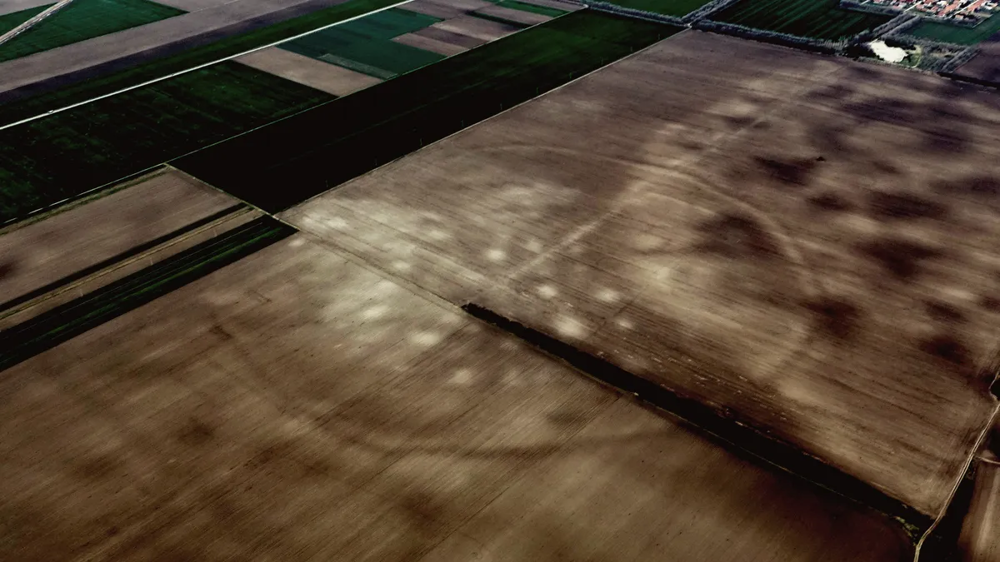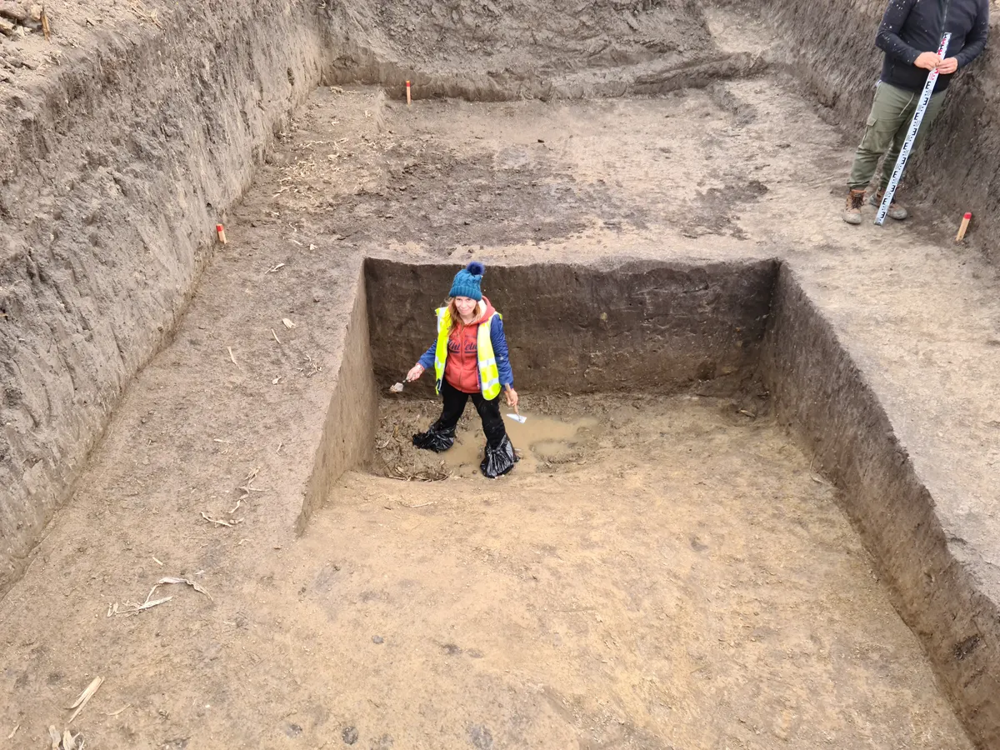Scientists have found the largest complex of ancient settlements in Europe (5 photos)
Using satellites and aerial photography, scientists made a major discovery. They discovered a previously unknown complex of huge Bronze Age objects in the very center of Europe. This find may explain where the continent's "megaforts" - the largest prehistoric structures built before the Iron Age - came from. 
This interesting discovery was made by archaeologists from University College Dublin and their colleagues from Serbia and Slovenia. Using satellite technology and aerial photography, they were able to find more than 100 settlements with Bronze Age objects in the southern part of the Carpathian Basin, near Serbia. They analyzed satellite images and reconstructed the prehistoric landscape with ancient objects.
"Some of the largest objects, which we call megaforts, have been known to us for several years: for example, Gradiste Ijos, Canadpalota, Santana or the amazing Cornesti-Iarkuri site, surrounded by ditches 33 km long. However, this time we discovered that the objects were not stand alone but form a network. At its peak, tens of thousands of people lived here,” says lead author of the study, Associate Professor Barry Molloy from the UCD School of Archaeology. 
All discovered objects were found in the areas of the Tisza, a large river in Central and Eastern Europe. Moreover, almost all areas are within 5 km of each other. Most likely, the local communities were in some way cooperative and interacted peacefully with each other. Scientists also found that these sites were important centers in Europe during the heyday of the Mycenaeans, Hittites and Egyptians of the New Kingdom - which is from approximately 1500 to 1200 BC. BC. This period is considered a major turning point in the history of prehistoric Europe. In the second millennium BC. the advanced military and agricultural technologies of these communities spread throughout Europe. 
“With the help of satellite images, we were able not only to determine the location of several such sites, but to create an entire landscape of settlements. We compiled something like a map, even with the locations of dwellings. This gives an amazing idea of how people of the Bronze Age lived,” the researchers write. 
Most of the settlements were created between 1600 and 1450 BC, and almost all of them fell into disrepair around 1200 and were abandoned. This year marked a turning point: kingdoms, empires, cities and entire societies across vast areas of Southwest Asia, North Africa and Southern Europe collapsed within a few decades. 






























